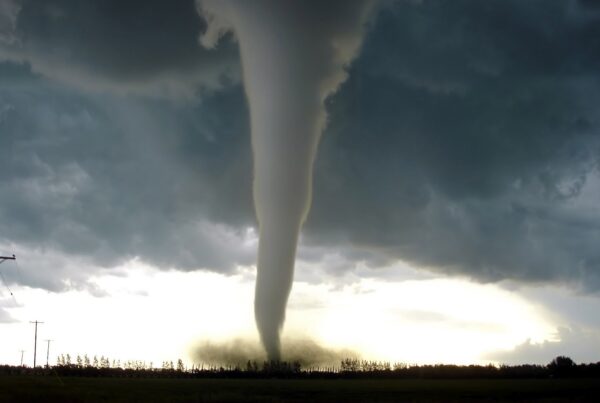An earlier article in this issue discussed how the economy may be impacting inspecting engineering practices, and pondered what we can all do in the face of a declining customer base.
Recent comments about “green buildings” may offer some insights into possible engineering practice areas that are well within the skill set we all possess. At a time where business revenues are down and money is tight, helping clients save what money they have may be an avenue for growth in our engineering practices.
The Leadership in Energy and Environmental Design (LEED) program is the most widely used green-building measure in the country. The program certifies buildings based on eco-friendly design and construction practice. It has been increasingly fashionable and even politically correct to be as green as we can, and the LEED program can take much of the credit for achieving that in the building industry. But LEED certification is not a promise of performance. Rather it serves as a snapshot of a new building and the practices and materials that went into designing and building it. That certification may help market the building, but only sound building management practices can deliver on the certification.
Last year The Green Building Council reformed the LEED system to reflect actual energy use by having owners report annual performance data. That’s a step in the right direction, but certifications won’t be repealed if a building misses its targets. It will still be possible for a five-year-old building to turn into an energy hog and still carry its LEED designation.
However, effective pursuit of energy management and identifying areas of improvement are skills well within the realm of the professional engineer and certified building inspection engineer. Some years ago I had a contract with the City of New York to help businesses identify places to improve on energy use. The concept was to help them lower their energy costs and, in turn, help them better afford high rents and real estate taxes. Conducting audits was done at no charge to businesses; my fees were paid by New York City government.
A similar approach may be useful as a business avenue in your practice. While much of the “big market” in energy savings comes from urban users, even small rural property owners can be shown ways to improve on their use of energy and its related cost. In my rural location on eastern Long Island, more and more businesses are opting for solar panel and wind turbine installations. Few, if any, of these were suggested or identified by professional engineers. Rather, the owner – with a more modern view of being “green” — went directly to solar panel and wind turbine companies and contracted for installation. In no case that I know of did the owner even explore less costly and perhaps better return on investment scenarios that might have included far simpler approaches. It seems there is a ready market for professional engineers who can help identify and evaluate energy cost savings measures.
Often, electric and gas utility companies offer “energy audits” that can help an owner identify possible cost savings areas. These services are often free, but it is doubtful the owner can get little more than some rudimentary ideas of how to proceed. Professional engineers in the building inspection area are ideally suited to conduct a full systems review of a property and help the owner select areas on which to focus. Not only can we select those areas but, in some cases, we might actually be able to conduct tests to demonstrate possible savings. Even if the testing component is sub-contracted by us, our training in engineering economics (remember that undergraduate course and some questions on the PE exam?) should allow us to do supporting financial analysis to demonstrate the wisdom of a particular improvement.
With other business areas for many of us remaining weak and coupled with the surge in subscribing to LEED concepts, energy savings analysis, design, and management may be an area that can enhance your practice.
*This article had been posted in the Summer 2010 edition of The Examiner.


